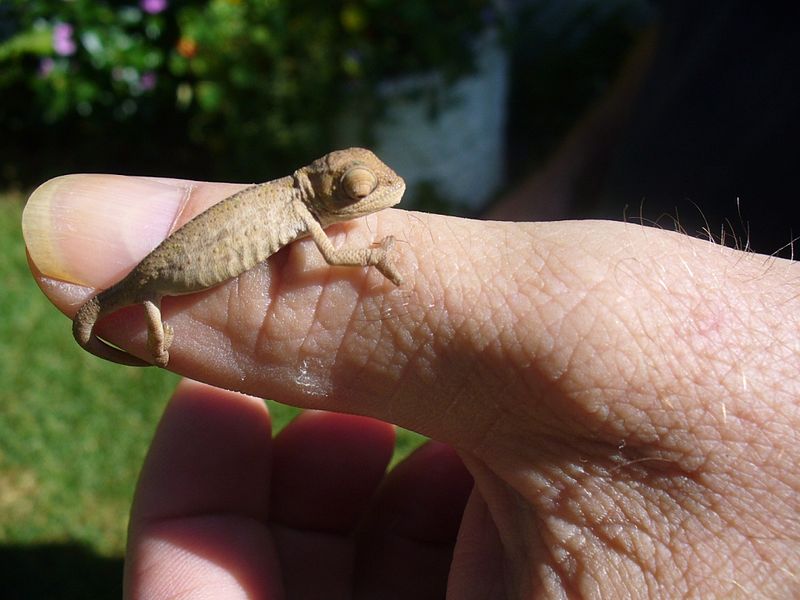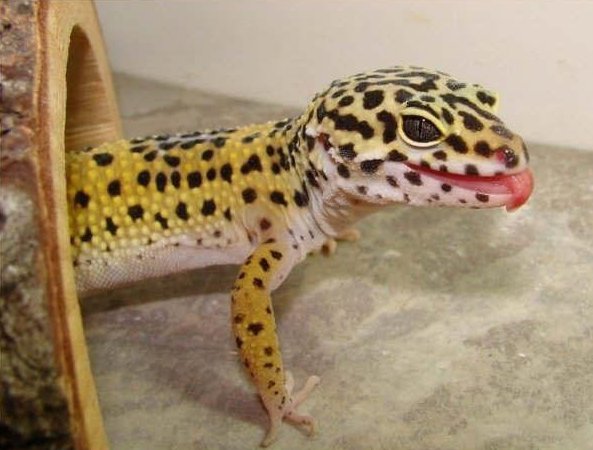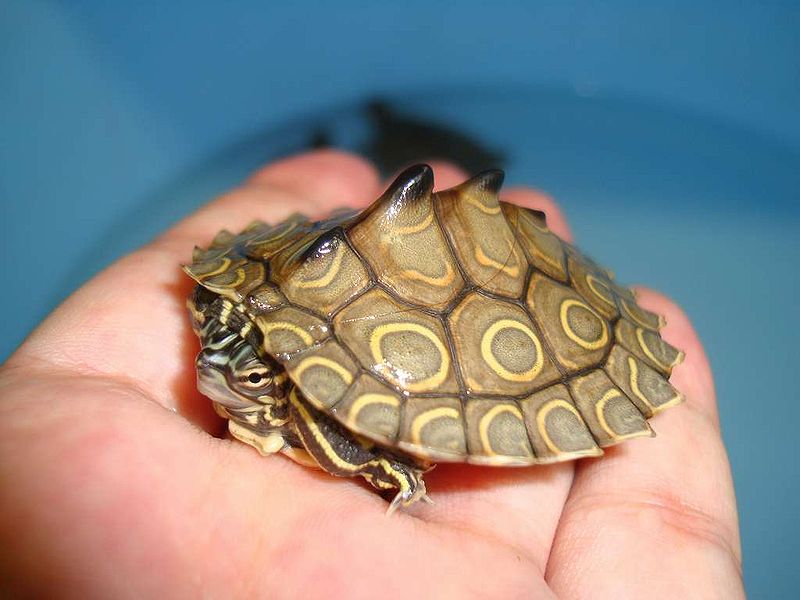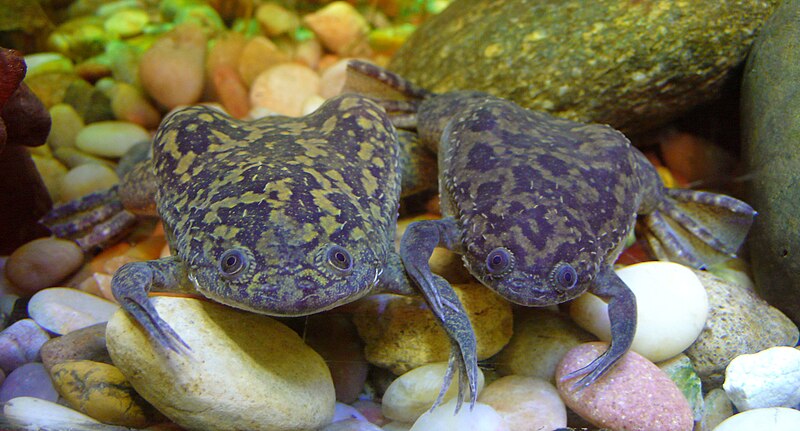
Leopard Geckos in the Wild – the Natural History of a Popular Pet
 The Leopard Gecko, Eublepharis macularius, is one of the most popular of all reptilian pets, and much has been written on its care and breeding. But this lizard’s other side – how and where it lives in the wild – is less familiar. Read More »
The Leopard Gecko, Eublepharis macularius, is one of the most popular of all reptilian pets, and much has been written on its care and breeding. But this lizard’s other side – how and where it lives in the wild – is less familiar. Read More »
Recent Field Research – Reptile and Amphibian Feeding Observations
 Many interesting field research reports are published in professional journals such as Copeia, Herpetologica and Herpetological Review, and are not available on the internet. From time to time I’ll provide summaries of some of the fascinating articles that I come across. Today’s report, drawn from Autumn, 2010 publications, covers observations of free-living snakes, turtles and caimans.
Many interesting field research reports are published in professional journals such as Copeia, Herpetologica and Herpetological Review, and are not available on the internet. From time to time I’ll provide summaries of some of the fascinating articles that I come across. Today’s report, drawn from Autumn, 2010 publications, covers observations of free-living snakes, turtles and caimans.
Giant Meals…even for snakes!
Snakes are “big meal specialists”, but rarely consume animals larger than themselves. However, a Southern Toad and a Spadefoot Toad, swallowed by different Eastern Hog-nosed Snakes, Heterodon platyrinos, each outweighed the snake by several grams! Read More »
12 Million Turtles Exported from USA in 5 Years – Here’s How to Help
 The plight of the USA’s freshwater turtles has taken a back stage to what has been labeled the Asian Turtle Crisis (a tragic situation, please see below). However, a full-blown crisis is in progress here as well. In the past 5 years, over 12 million wild caught freshwater turtles were sent from the USA to food and pet markets abroad, while untold numbers were sold in-country. Fortunately, you can make a real difference in their future by taking one simple step. Please read on to learn how to take action to support CITES (Committee on International Trade in Endangered Species) protection for the USA’s freshwater turtles.
The plight of the USA’s freshwater turtles has taken a back stage to what has been labeled the Asian Turtle Crisis (a tragic situation, please see below). However, a full-blown crisis is in progress here as well. In the past 5 years, over 12 million wild caught freshwater turtles were sent from the USA to food and pet markets abroad, while untold numbers were sold in-country. Fortunately, you can make a real difference in their future by taking one simple step. Please read on to learn how to take action to support CITES (Committee on International Trade in Endangered Species) protection for the USA’s freshwater turtles.
US Turtle Diversity and Conservation
It comes as a surprise to many people that the USA is home to more species of freshwater turtles than any other country. Unfortunately, several of the states that support the greatest diversity and largest turtle populations offer little or no protection, despite strong evidence that many species are in sharp decline. Food markets in China and Southeast Asia are the main importers of US turtles, but rarer varieties wind up in the pet trade the world over. Read More »
Breeding the African Clawed Frog

Natural History
Unlike most amphibians, African Clawed Frogs may reproduce at any time of the year. This adaptation allows them to take advantage of favorable conditions whenever they occur, and is responsible for their ability to thrive as an introduced species in a great many countries. Read More »
 That Reptile Blog – Reptile, Amphibian and Exotic Pet Care and Information
That Reptile Blog – Reptile, Amphibian and Exotic Pet Care and Information
